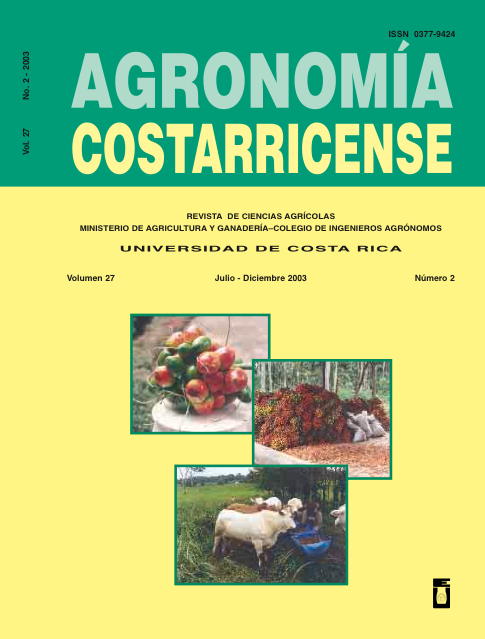Abstract
Fifty-one Psychotria acuminata accessions from 4 populations in Costa Rica were evaluated for genetic diversity using random amplified polymorphic DNA (RAPD) primers and inter-simple sequence repeat DNA (ISSR) primers. With the use of 16 10-mer primers, 70 polymorphic DNA loci were produced. On the other hand, with the 3 different ISSR primers, 15 polymorphic loci were generated. Both primer types were able to determine the genetic diversity among the 4 populations. Dendrograms based on the genetic distances among the 4 populations did not show similarities between RAPDs and ISSRs. However, both methods showed high genetic diversity among populations based on their Gst (0.292 and 0.313, respectively). Those high levels of genetic diversity, among the 4 populations, could be explained neither by the climate factor (r2=-0.302, P-value 0.560) nor by the geographic distance (r2=-0183, P-value 0.768). From present data it is concluded the P. acuminata populations evaluated here show an important level of genotype differentiation. As a consequence, it may be possible to utilize the genetic diversity of the species not only for biodiversity conservation programs, but also for a better use of their phytochemical resources.
##plugins.facebook.comentarios##

This work is licensed under a Creative Commons Attribution-NonCommercial-NoDerivatives 4.0 International License.
Copyright (c) 2024 Agronomía Costarricense


